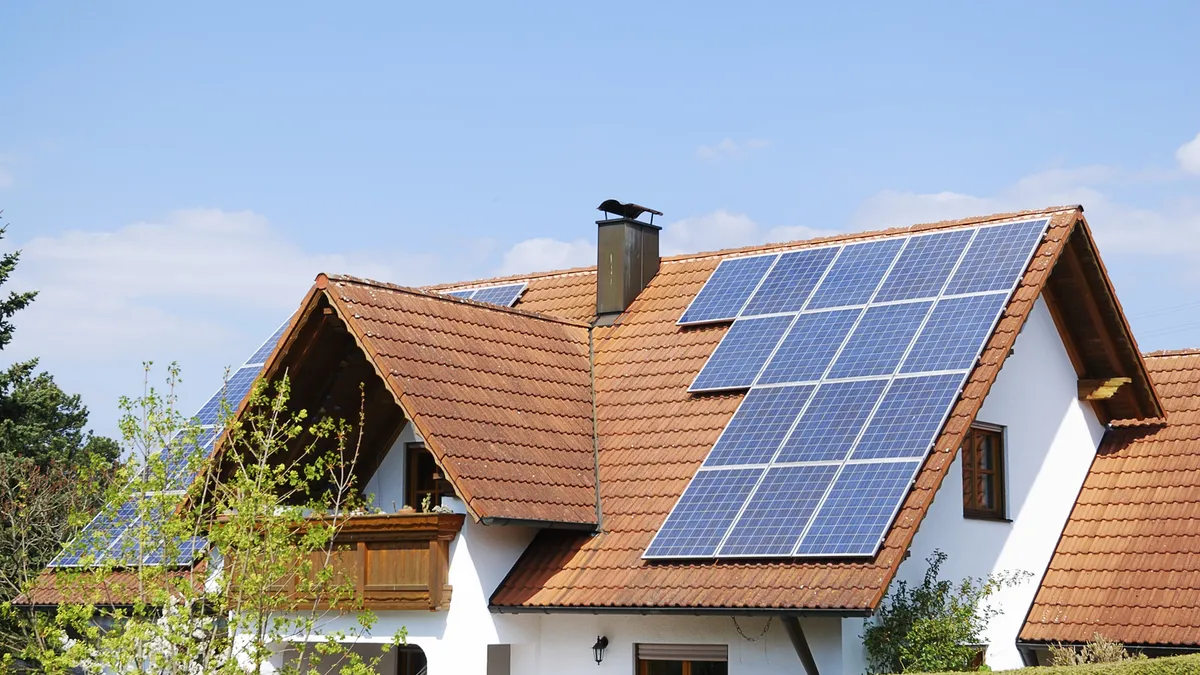Dive Brief:
-
University of Texas at Austin researchers have determined that localized storage of residential solar energy for off-peak use increases both consumption and emissions when compared to distributing excess energy back to the grid, Phys.org reported.
-
Storage systems expend energy with each charge and discharge, increasing annual consumption between 324 and 591 kilowatt-hours.
-
In their study of 100 Texas homes with solar and solar-plus-storage systems, researchers also determined storage solutions indirectly caused higher carbon dioxide, sulfur dioxide and nitrogen dioxide emissions.
Dive Insight:
Look out, solar-plus-storage energy proponents. While utility-scale solar storage still lowers peak grid demand by up to 32%, according to Phys.org, storage for individual residential power arrays may not provide the best value to consumers, or result in the best environmental impact. To blame are inefficiencies inherent to current storage technologies, UTA researchers said. As a result, energy lost from charging and discharging is compensated for by drawing fossil-fuel generated power from the grid.
The findings are likely to jolt Tesla Energy, which unveiled its 7kW, 14 kWh Powerpack 2.0 battery in November 2016 priced at $5,500 and designed for use with the company’s forthcoming solar-power-generating roof shingles.
Still, battery technology in and of itself isn’t likely to slow adoption of residential rooftop solar, which the U.S. Department of Energy pegs to 3.8 million roofs by 2020. In addition to clean energy, solar-powered homes enjoy increased value, as well, selling on average 20% faster and at a 17% price premium to comps only drawing from the grid, according to the National Renewable Energy Laboratory.













